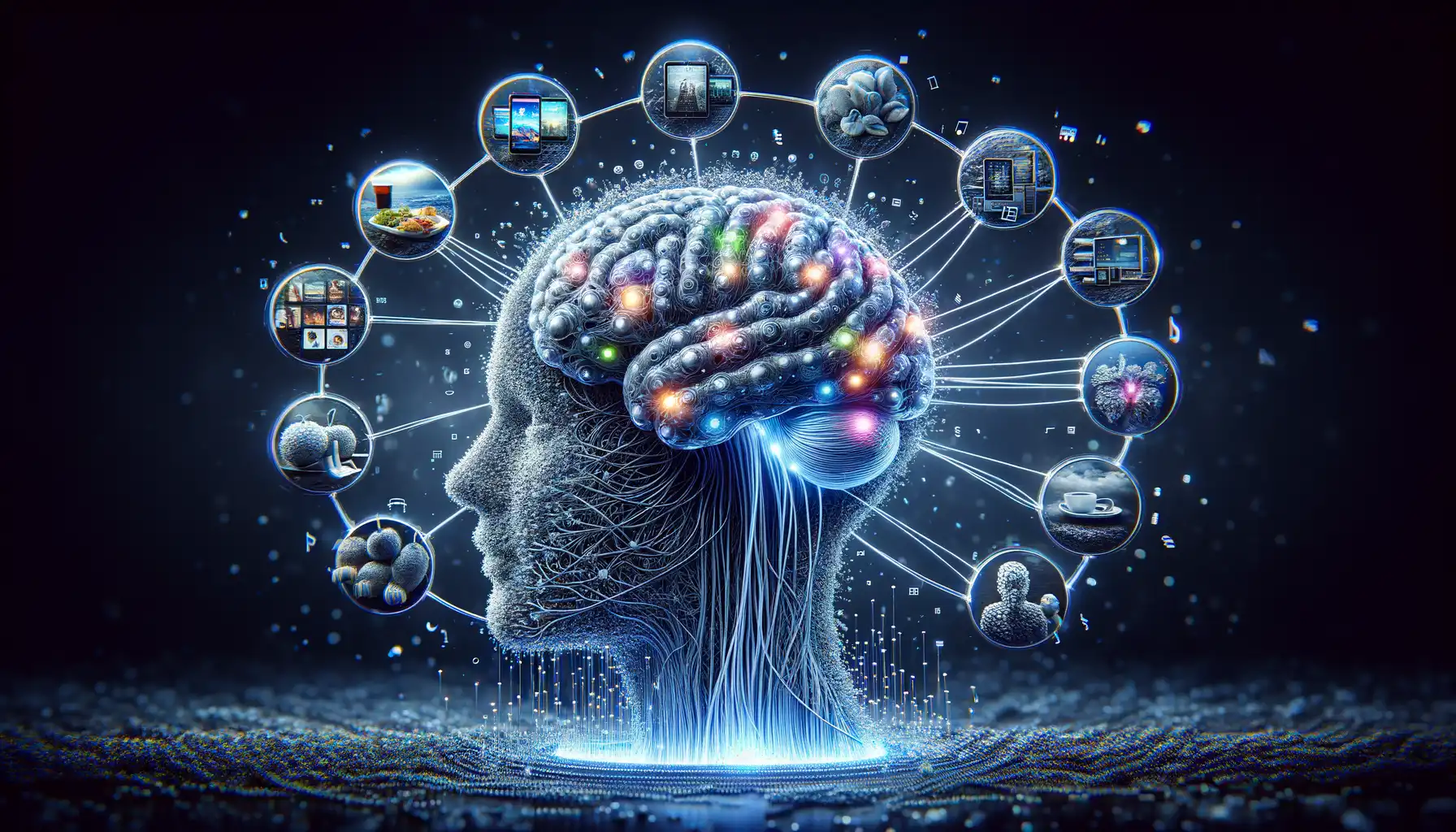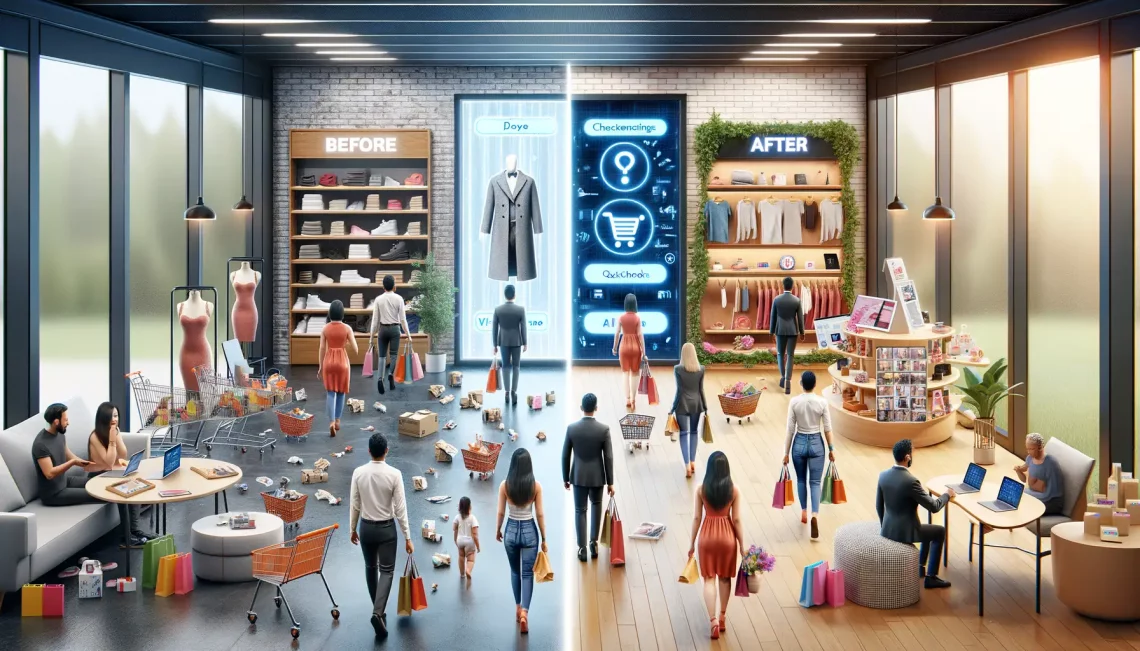Introduction to AI-Driven Personal Shopping Apps
Meet Your New Shopping Assistant
Picture this: you’re sipping your morning coffee and scrolling through your favorite online store. But instead of endlessly searching for that perfect jacket or those just-right sneakers, an app is doing the heavy lifting for you. Enter the world of AI-driven personal shopping apps, where technology becomes your style-savvy best friend.
These apps are powered by cutting-edge artificial intelligence, blending data analysis with a touch of human-like intuition. They don’t just recommend generic options—they zero in on your tastes, budget, and even items you’ve been dreaming about but couldn’t quite describe.
Why are these apps such game-changers? Let’s break it down:
- Hyper-personalized recommendations: Think of it as a digital stylist that knows your wardrobe better than you do.
- Effortless discovery: Say goodbye to the hunt—AI spots unique finds in seconds.
- Seamless convenience: From finding discounts to managing wish lists, everything’s streamlined.
In short, these apps are like those magical friends who always know the perfect gift or restaurant to suggest. Only, they’ve got the power of algorithms behind them—and they’re always available.
Key Features Transforming the Online Retail Space

Hyper-Personalized Shopping: Your Experience, Your Way
Imagine walking into your favorite boutique where the salesperson already knows your style, preferences, and wishlist. That’s what AI-driven personal shopping apps are bringing to your screen—but on steroids! Through advanced algorithms, these tools create a shopping experience tailored specifically for YOU. Whether it’s suggesting outfits that match items already in your wardrobe or recommending ethically sourced brands you adore, personalization has never been this precise.
Here’s the kicker—these apps don’t just stop at understanding your likes and dislikes. They factor in your mood, browsing history, and even the time of day. Looking for something cozy after 9 p.m.? Voilà! Expect curated lists of fuzzy sweaters and flickering candle suggestions. It’s like having a mind-reading stylist at your fingertips.
- Real-time recommendations: Get suggestions as dynamic as your lifestyle.
- Visual search magic: Snap a photo of what you want, and watch the app find it or something even better.
- Smart sizing tools: Say goodbye to returns caused by ill-fits. These apps know your size better than you do!
Welcome to the future where online shopping finally feels human, yet smarter than any in-store assistant could ever be!
Always Connected: Endless Avenues for Exploration
The digital shelf is no longer static—it’s alive and interactive. Picture this: you scroll past an Instagram ad for sneakers, tap it, and within seconds, you’re transported to an app showing customized colorways, paired with outfit ideas plucked from fashion-forward influencers. AI bridges the gap between inspiration and action, making every click feel seamless.
But it doesn’t stop at shoes. Voice commands let you browse hands-free while cooking dinner, and augmented reality (AR) tools show how a piece of art will look on *your wall.* Need an extra nudge? AI chatbots equipped with witty charm can answer questions faster than you can say, “Does this come in blue?”
From connecting platforms to predicting your next purchase, these features aren’t just tech upgrades—they’re the threads weaving together a new era in retail.
The Role of Machine Learning in Personalization

How Machine Learning Understands You Like a Friend
Imagine walking into your favorite boutique where the staff already knows your style, preferred colors, and even that you’ve got a thing for vintage sneakers. That’s how **machine learning** works in personal shopping apps—only it’s digital, instant, and scales like magic. It’s not just technology; it feels almost like the app truly *gets you*.
Using algorithms that analyze your behavior—think purchases, scrolling patterns, and even what you hesitated to buy—machine learning creates a profile that evolves with you. Have you noticed how some apps suggest exactly what you need right before you even realize it? That’s no coincidence.
- Visual recognition: Scanning product photos to match your preferences without you having to type a single word.
- Contextual predictions: Suggesting lightweight jackets when chilly evenings are on the horizon, all thanks to data-driven insights.
It’s like having a personal stylist with superhuman powers who doesn’t just understand your current taste but anticipates how it might shift over time. With **machine learning**, personal shopping apps evolve from mere tools to trusted companions.
Challenges and Ethical Considerations

Hidden Hurdles in AI Shopping App Development
Creating AI-driven personal shopping apps isn’t all smooth sailing—it’s more like navigating a maze with invisible walls. One major speed bump? Data. These apps thrive on data, but the question is: how much is too much? Collecting user information to create hyper-personalized experiences can feel invasive. Picture this—you open an app, and it knows what you want before you do. Amazing? Sure! Creepy? Maybe.
Then there’s the challenge of keeping algorithms fair. Imagine a shopping app that subtly favors high-priced items because the algorithm was trained on biased sales data. Sounds harmless until you realize people on tighter budgets might feel alienated.
- How do developers balance profit-driven systems with inclusivity?
- What happens when recommendations pigeonhole users based on past purchases?
The Ethical Tug-of-War over Privacy
Let’s talk trust. Consumers demand convenience, but they also value privacy, deeply. Ensuring that user data is encrypted and responsibly stored is non-negotiable. Yet, transparency often gets lost in the fine print. Think about it: Do you really read those terms and conditions?
On top of that, there’s a moral question lurking in the aisles of this tech-driven retail revolution. Should AI encourage impulse buying? For some, it’s harmless fun—like putting candy by the checkout lane. But for others, especially those struggling financially, it edges into manipulation. The line between “helpful” and “exploitative” is razor-thin.
Impact on Consumer Behavior and Retail Trends

The Shift in How We Shop
AI-driven personal shopping apps are transforming the way people shop, weaving convenience and personalization into the fabric of everyday decisions. Imagine walking into a store where every product is tailored just for you—not by an attentive salesperson, but by algorithms that know your quirks better than your best friend. It’s not science fiction—it’s happening now.
Consumers are showing a growing appetite for curated recommendations. No more endless scrolling or clicking through pages of options. Instead, people are drawn to suggestions that feel eerily on-point. Bought a workout mat last week? Your app might suggest resistance bands or trendy athletic wear today, creating a seamless journey. And oh, the joy of discovering something new that hits the sweet spot of “I didn’t know I needed this!”
- Impulse purchases are rising, as AI nails the art of timing and relevance.
- Shoppers are becoming brand-blind, favoring experiences over loyalty to a logo.
Retailers Reimagine Their Playbook
Retailers, too, are pivoting. Physical stores are adapting, creating tech-driven spaces where mirrors turn into screens and shelves whisper personalized messages via your smartphone. Even traditional loyalty programs are getting a makeover, driven by the lure of hyper-personalized perks.
What’s fascinating is how data—the invisible thread—is shaping these trends. Retailers use it to predict not just seasons but *moods*. A rainy forecast? Push out cozy indoor products. A social media trend? They’re ready before you even hit “like.” This isn’t just marketing; it’s practically telepathy.
The future of shopping isn’t about products anymore. It’s about painting experiences that feel like they’ve been waiting for only you to step into them.






